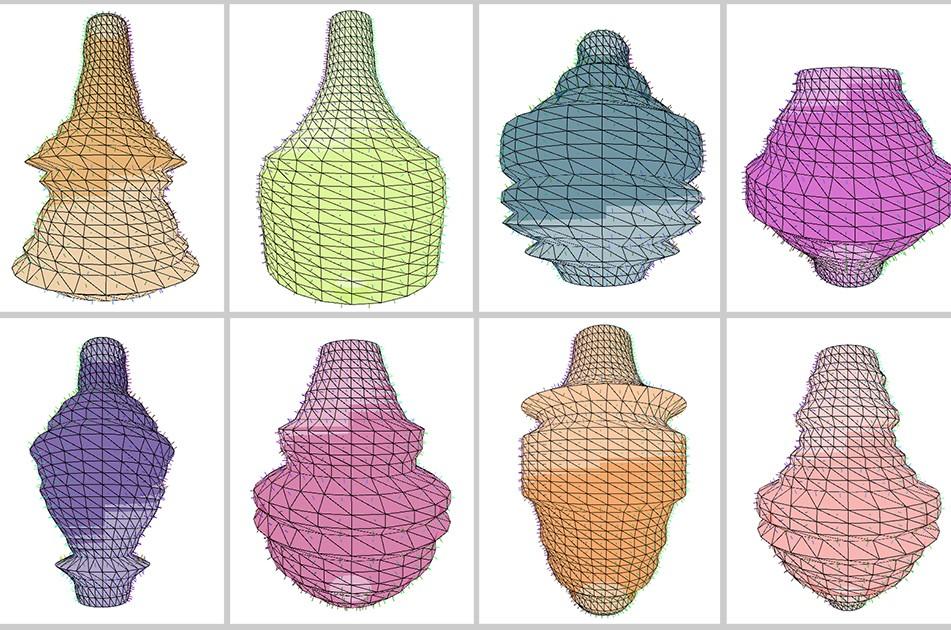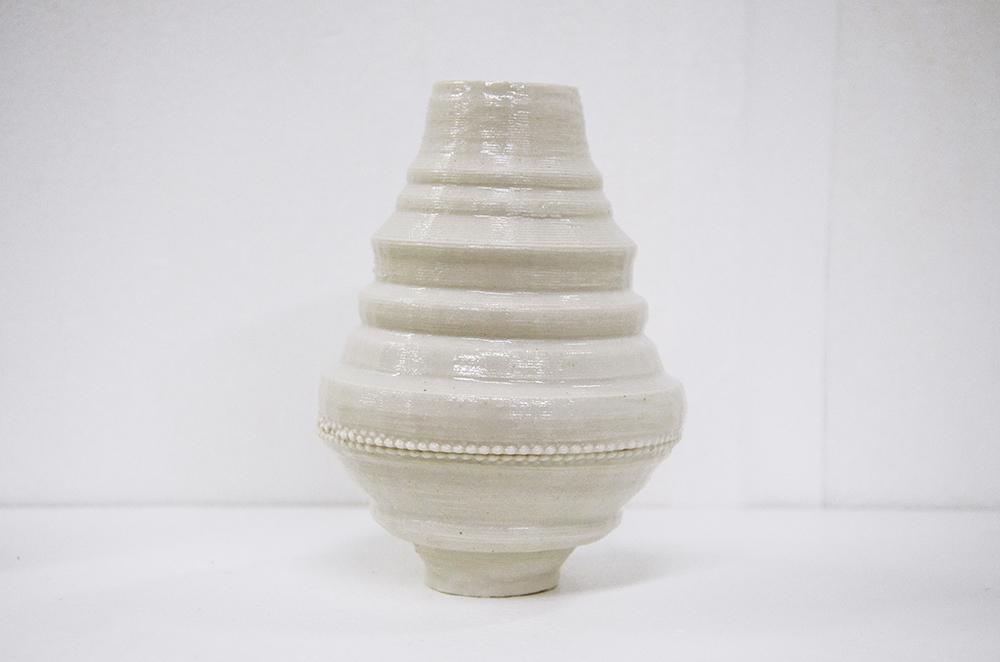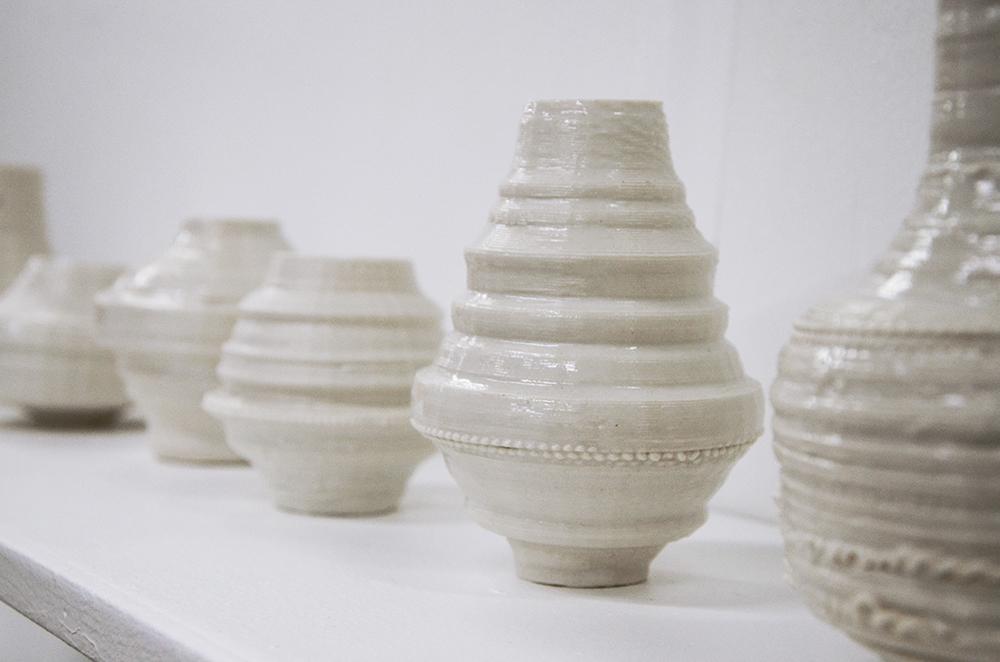Artist Jenny Filipetti Brings Together Breathing & Clay 3D Printing in “Breath Vessels”
 Semiotics is the study of the philosophical theory of signs and symbols, and it’s closely related to linguistics, but semiotics also takes into account non-linguistic, symbolic systems.
Semiotics is the study of the philosophical theory of signs and symbols, and it’s closely related to linguistics, but semiotics also takes into account non-linguistic, symbolic systems.
Artist Jenny Filipetti uses her background in semiotics to consider and create objects which view the very concept of art as “evolutionary striving.”
“As an artist, I seek to understand the systems we live among and how they affect us,” Filipetti says. “That makes me, in many ways, a pattern-seeker, rummaging in masses of data for hints of something deeper that is shaping our world. This is the small data, the otherwise forgotten data, the bits and pieces that fall through the cracks or was never seen at all. This is the data of the immaterial: the shape of a breath, the composition of the air.”
Filipetti also calls herself a “machinophile” who attempts to understand the “machine logics” all around us. She says there’s no reason we shouldn’t “sing alongside the voices of compressors and air pumps.”
To that end, Filipetti’s Breath Vessels project is an exploration of those ideas, using 3D printing and electronics technologies to generate virtual 3D models in real time as one exhales into a handheld, shell-like form.
The volume and speed of those breaths at a given moment during the exhalation determines the width of the layer diameter of a vessel model which is then printed on a 3D delta ceramic printer, and Filipetti says each of the resultant vessels captures “a unique moment: the diffusion of oneself back into the air, frozen in time.”
The printer used to create the vessels is based on artist Jonathan Keep’s design, and it’s powered by an Arduino board outfitted with an accelerometer and anemometer – or wind meter – which captures the data.
The accelerometer and anemometer readings are transferred to a Processing-based algorithm, which then generates the 3D model in real time as a response to the pattern of the measured breath. That data becomes an .STL file for printer output, and an image of that virtual model is captured and added to an “archive” of individual breath samples.
“Breath Vessels draws attention to the very physical nature of this life-sustaining ritual,” Filipetti says. “Just as immaterial words can have tangible effects in the world, our breath is deeply tied to both our biological and emotional life, and thus it too has real effects on ourselves and our world.”
Filipetti notes that the project also makes use of Karsten Schmidt’s Toxiclibs library.
What do you think of Jenny Filipetti’s Breath Vessels project? Check out the videos below of the installation.
Subscribe to Our Email Newsletter
Stay up-to-date on all the latest news from the 3D printing industry and receive information and offers from third party vendors.
Print Services
You May Also Like
Low-cost “Suzy” Polymer Powder 3D Printer is Faster and Cheaper than Past Models
Polish laser powder bed fusion (LPBF) firm Sinterit has released a follow-up to its predecessors, Lisa and Nils, called Suzy, a $19,490 printer equipped with a 30W fiber diode laser....
India’s $58M Space Fund Is a Boon for AM Innovation
India’s space industry is picking up serious momentum. With a projected $44 billion space economy by 2033, the country is aggressively expanding its capabilities, fostering private-sector participation, and reducing its...
Japanese Advanced Manufacturing Capabilities Grow in Europe with Sodick’s Purchase of Prima Additive
The global economy is currently undergoing a reshuffling in terms of what gets manufactured where. In large part, this trend is being driven by new geopolitical alliances and the need...
Bosch Invests €6M into Serial Auto Part 3D Printing
German industrial conglomerate Robert Bosch GmbH, the world’s largest supplier of automotive parts, has announced a new investment into Nuremberg, Germany additive manufacturing (AM) facility. The nearly €6 million in...




























